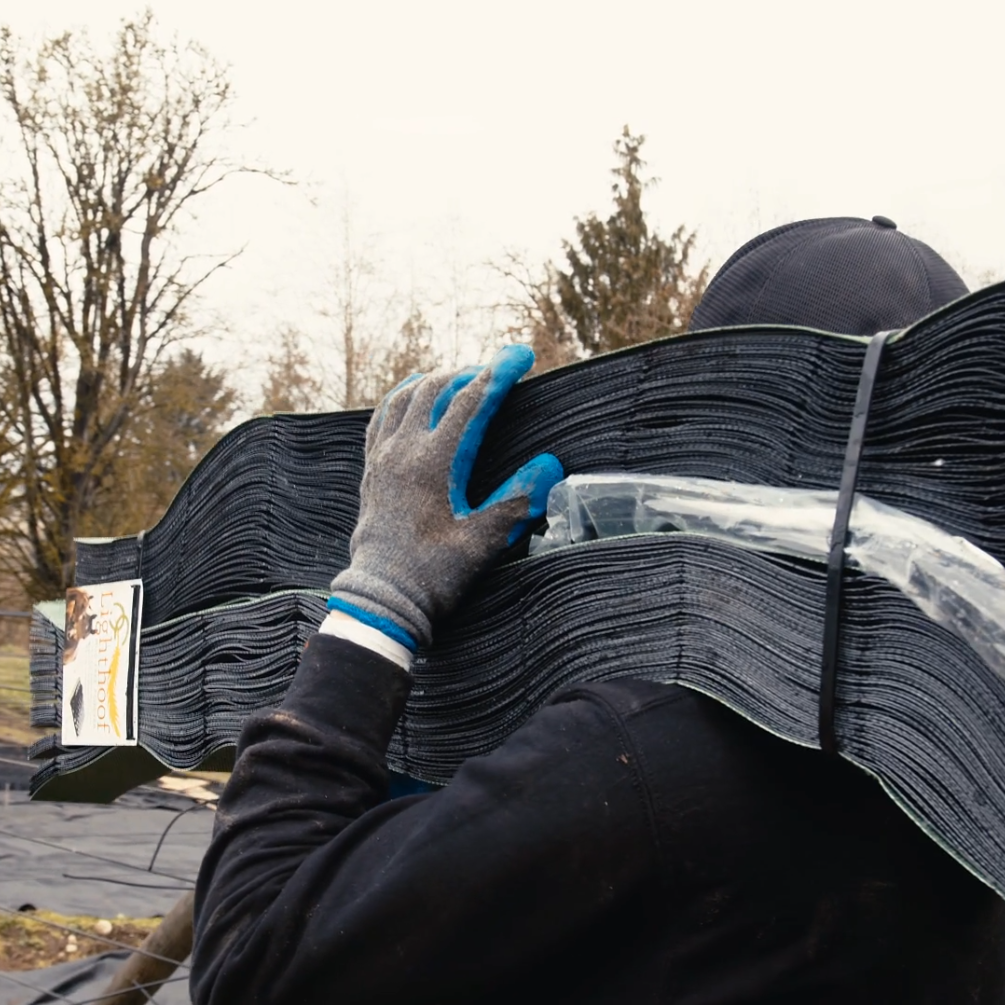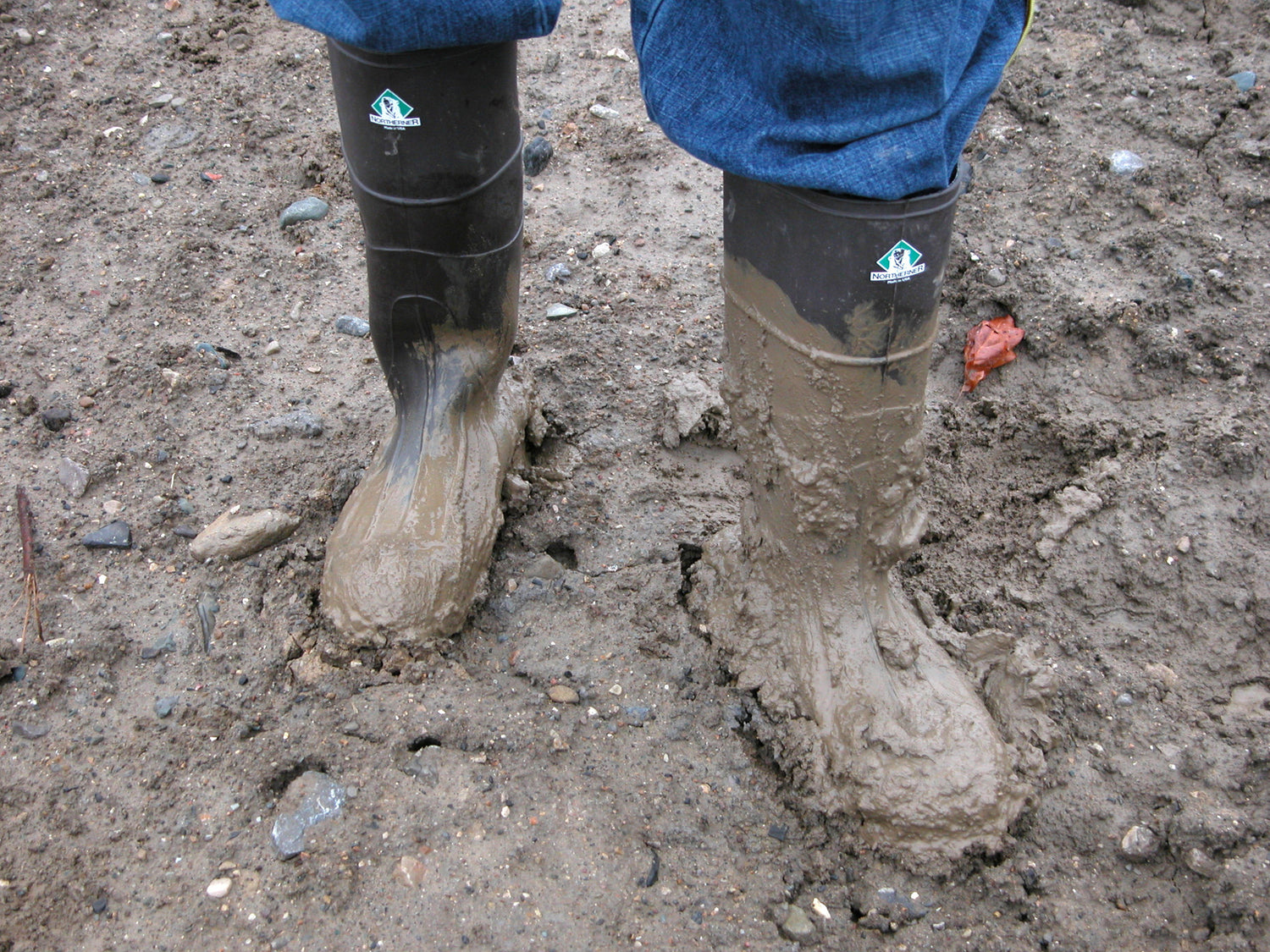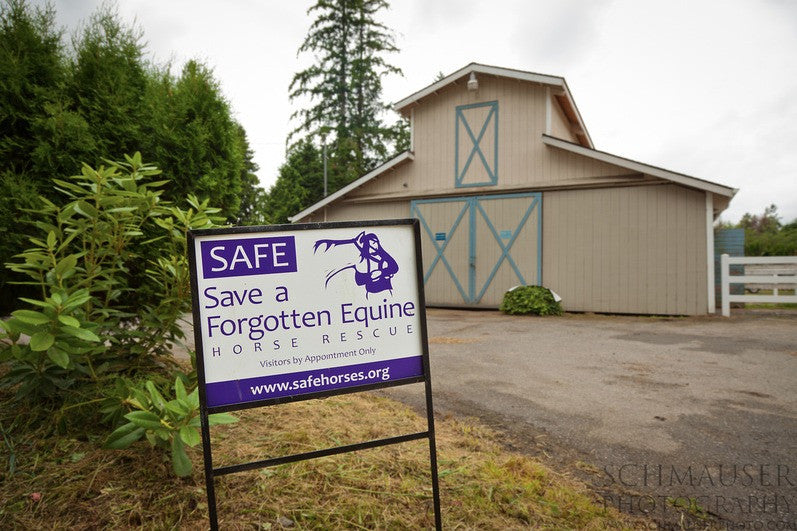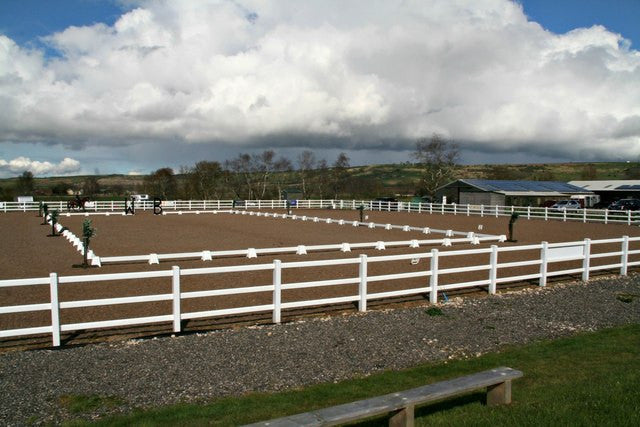Mud. It’s a word that’s a sore spot for horse owners and property owners alike. Managing the mess that accompanies mud on your farm is an ongoing, and an uphill, battle. As horse owners, you want the best for your equine partners, and the risk of injury that comes with mud as well as the pure inconvenience factor and damages to property are just a few of the things that are cause for concern come rain season.
The first step to proper mud management is education. We all know that mud is inevitable, but what risk factors can you identify on your property that would increase the likelihood of slippery, messy mud pits?
In our first edition of Mud FAQs, presented by Lighthoof, we’re tackling the subject of mud risk factors and where to look for weak spots on your property. Whether you’re an avid horse owner or a homeowner with land, these tips will help you manage your mud.
What are the primary “risk factors” for mud on your property?
For horse owners, manure is a word that can be synonymous with mud. Unfortunately, the presence of manure is unavoidable on a farm containing livestock, so the discerning property manager has their work cut out for them when it comes to reducing mud risk.
When mixed with rainfall, manure can make for a sloppy mess – but perhaps even more worrying than the mess is the bacteria and other unmentionables that come with the manure. The health risks from exposure to manure are not to be taken lightly, both for animal and human.
The area in which you reside is also a factor for your mud risk – do you have plenty of grass in your fields, or are they mainly dirt? What type of grass do you maintain? Is it thick or sparse? Grass is obviously a great barrier for mud, given that it is managed properly – poorly grown grass, however, will not do much to prevent mud, nor will grass pastures that are overrun and/or over grazed. Dirt paddocks and fields, in a wet environment, are prone to turning into mud pits with just a light rainfall.
What is the composition of your soil? Not all property owners are fortunate enough to play host to sandy soil that encourages drainage; many are forced to deal with clay-like soil that makes for stickier mud and less run-off. Soil composition has a lot to do with your area of residence, but knowing what you are dealing with can give you a leg up on the enemy
The cleanliness of your fields and pastures is also paramount here; a paddock that plays host to piles of manure from multiple animals is an invitation to a muddy and unsanitary mess when you add water to the mix.
What type of fencing do you have on your property? Is your property laid out to encourage proper water run-off, or does the layout invite water to pool within your fields?
This list is just a few of the factors to consider when purchasing or maintaining a property. Whether or not you have animals on your property, reducing and managing your mud risk is paramount to success. When considering property values, aesthetics, and safety, taking a good look at what you can improve on your property will aid in preserving your homeowner’s sanity!
In our next edition of Mud FAQs, we’ll address different ways to up your mud management game. Lighthoof is here to assist property owners with their mud management – together, we can beat the mud!





Leave a comment
This site is protected by hCaptcha and the hCaptcha Privacy Policy and Terms of Service apply.